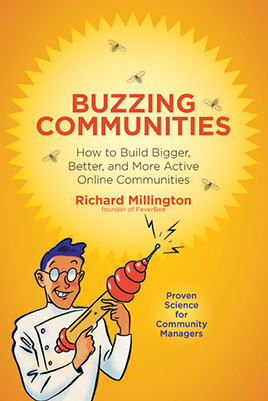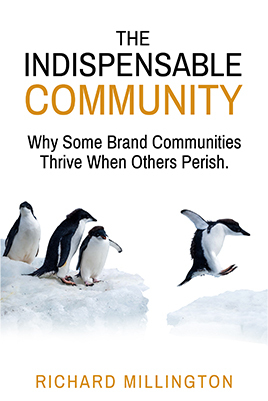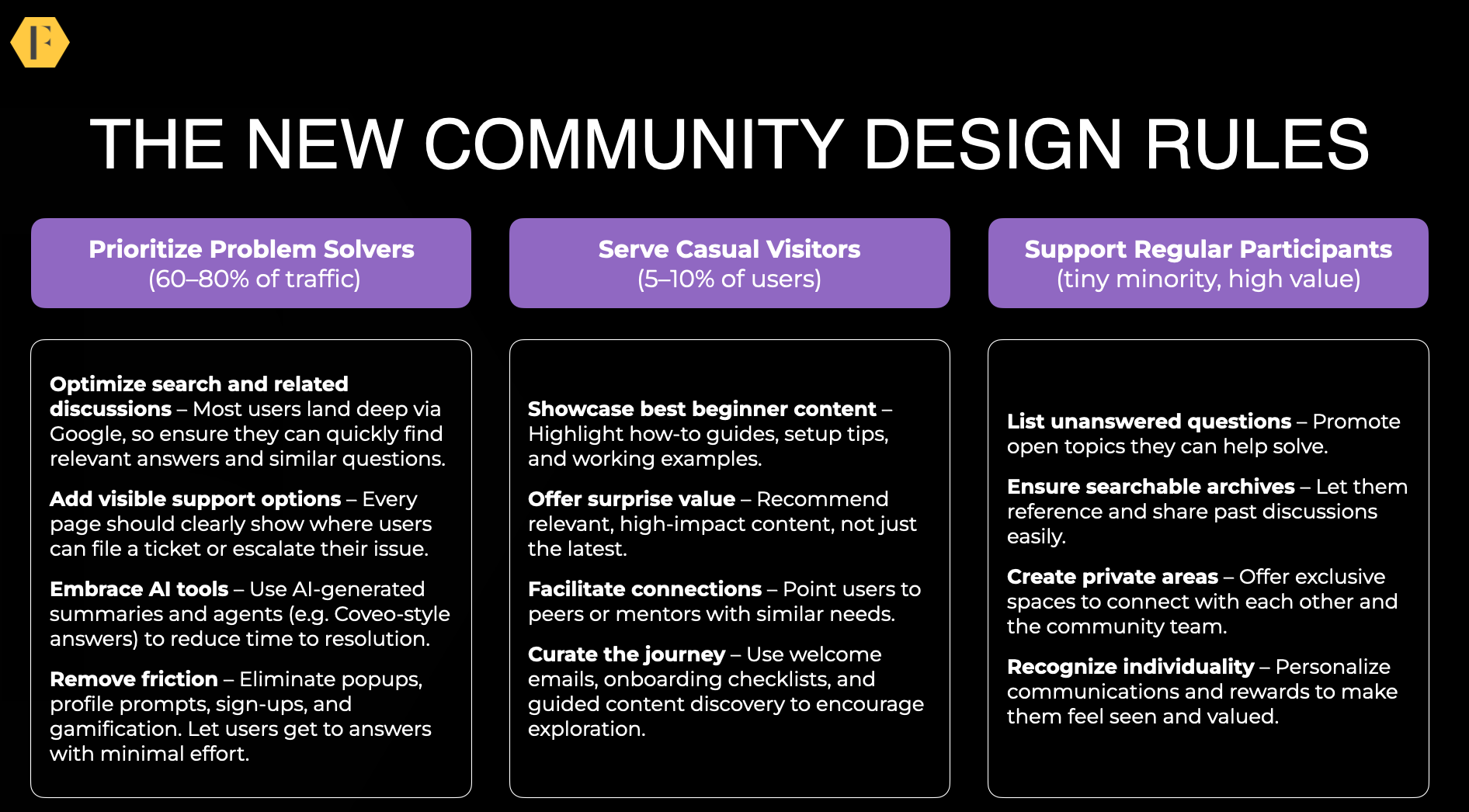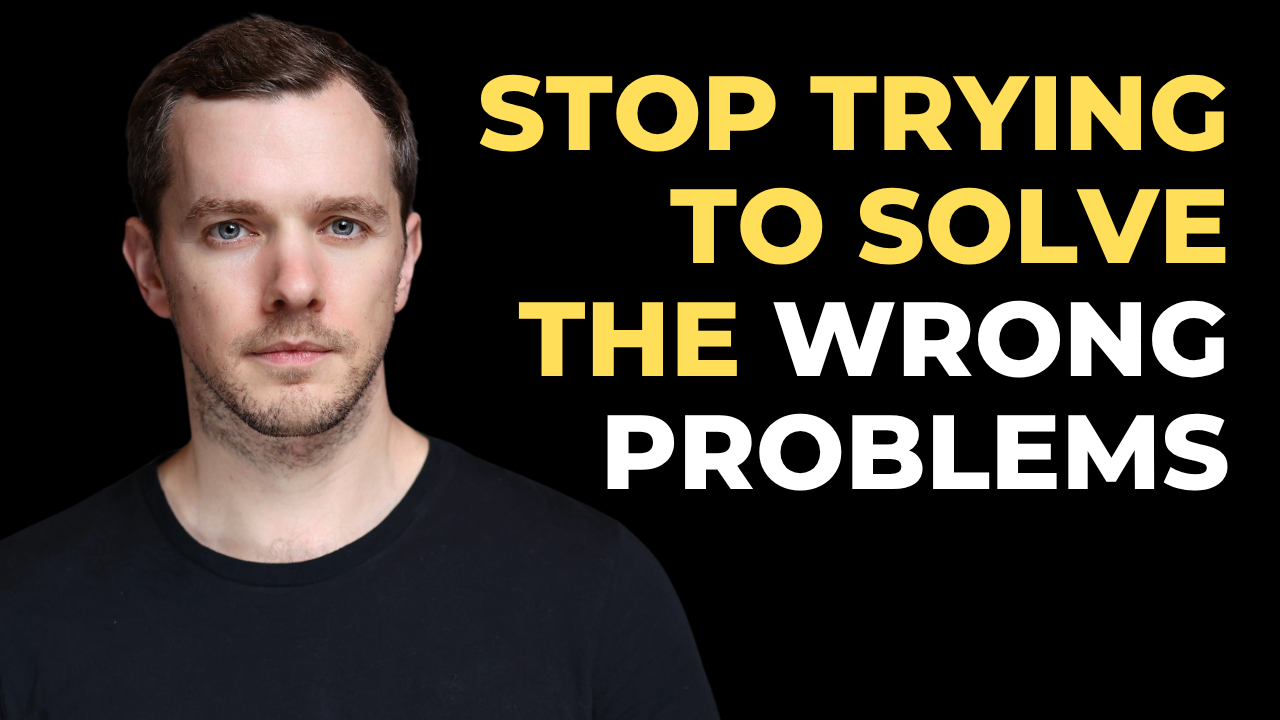You don’t compare your life against George
Clooney.
He’s not in your peer group.
A-List celebrities might, but not you.
You measure yourself against those you
consider your peers. You measure yourself against a relatively small group of
people whom, at some point, have had the same level, interest, or held the same
position, as yourself (at the same time – people don’t compare themselves to
the deceased).
Early on, this was your school friends.
Later, it was your work colleagues. Now it’s probably an online group. Once we find our peer group, we use them as
references for our own achievements. We constantly check in to see what they’re
doing and how we compare.
Our self-concept is based largely upon how
we’re comparing against our peers. Much of Twitter’s success lies in its
ability to connect these peer groups and show, in real-time, how we compare (Mark just published a book? Now I must
publish a better book!).
However, peer groups aren’t always
pleasant. Jealousy is rife. You might have as many rivals as friends. You might
help as many people as you criticize. This still drives high levels of activity
and, often, progress.
Many of the greatest eras of innovation for
different sectors came through periods of highly active, very volatile, peer
groups. Think psychoanalysis in pre-war Vienna, cubism in early 20th century Paris, or
the astonishing progress in Silicon Valley over the previous 40 years.
Community managers, especially those
working with communities of practice, need to build powerful peer groups. Peer
groups hook members for decades. They sustain high levels of activity. They
sustainably force members to push themselves – this means members contribute
value material or do ever-greater things to gain the recognition and respect of
their peers
If you can build a powerful peer group, you
can create an asset which sustains high levels of activity and pushes the field
forward. You have incredible opportunities every day to build these powerful,
life-changing, world-changing, peer groups.
Your target audience, right now, is looking
to find their peer group. We desperately want to find people at the same level,
facing the same challenges, or share our unique interests.
This has several implications. First, you
must ensure your community is highly focused. Focus on a very narrow niche of
an interest, position, or experience. Communities with too broad a focus fail
to build peer groups. Focus is your friend. Ask your target audience who they
consider their peers, then look to see what connects them. Is it job position,
previous achievements, a common experience, or something else? This is your focus.
Second, make it easy for the peer group to
showcase their latest achievements. Allow people to post links to what they
have achieved or they are working on. You can even make this a requirement in
the profile.
Third, facilitate the peer group. Interview
the most successful people each month. Mention what people are working in your
news posts. Let the peer group vote for their member of the month/year.
Highlight the accomplishments of the group. Publish open-challenges for members
to solve.
Highlight the impact the group has already
made to its sector. The peer group needs an amazing sense of possibility and
rapid progress. They need to feel at the epicenter of what they’re doing.
If you’re toiling away at a community of
practice, focus on building a powerful peer group. Focus on a narrower group,
showcase the achievements, and then highlight individual members.





